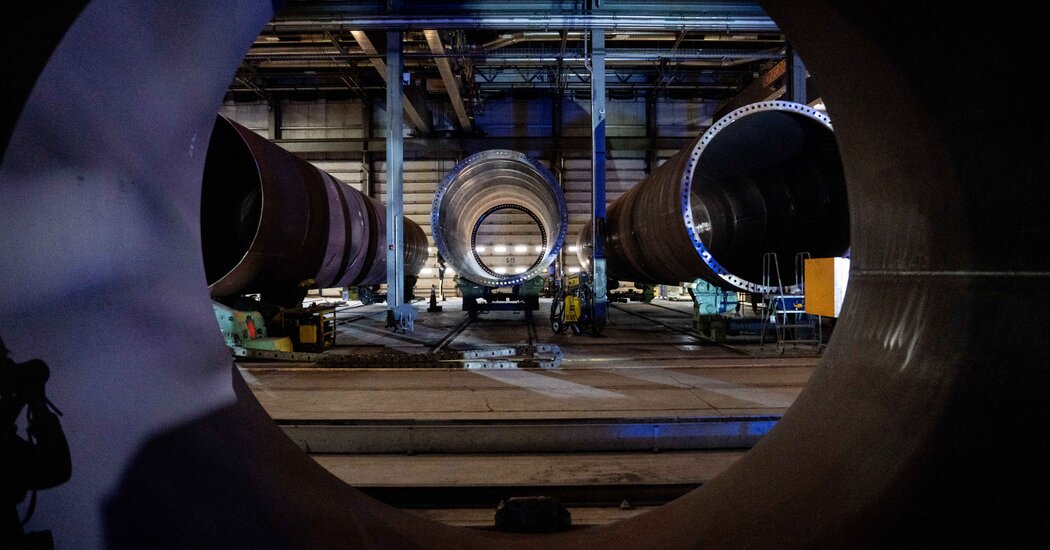Forecasters say the president’s clean-energy incentives will be more effective than they had originally expected, in part because of new federal regulations.
The estimated price tag for President Biden’s clean-energy and climate agenda has effectively doubled since the Inflation Reduction Act was signed into law a year and a half ago.
Nearly all of the increase is attributable to forecasters’ belief that the law will be more popular than they had originally expected, in part because of the way the Biden administration wrote certain regulations. That rising price tag may actually be good for reducing greenhouse gas emissions — and for the U.S. economy.
The Inflation Reduction Act, which Democrats passed on a party-line vote in summer 2022, includes tax credits and other subsidies for low-emission energy technologies that are meant to help wean the nation from fossil fuels.
Many of those credits are effectively unlimited, meaning the more people or companies choose to claim them, the more they will add to federal deficits. The uncapped credits include incentives for manufacturers to build solar-panel or wind-turbine factories, and for consumers to buy electric vehicles. Budget scorekeepers have to estimate how popular those credits will be, in order to forecast how much they’ll cost.



From your article beyond the headline:
Issuing literally any leases at all is suicidal.